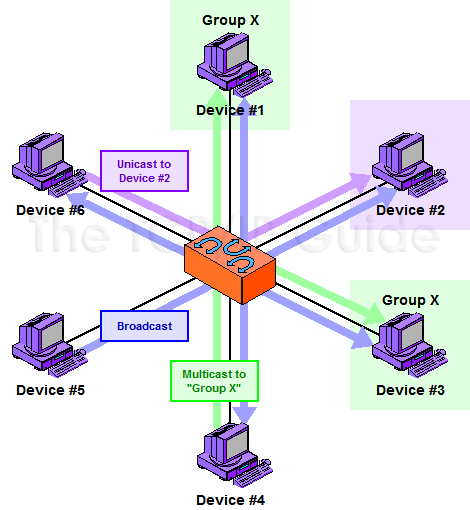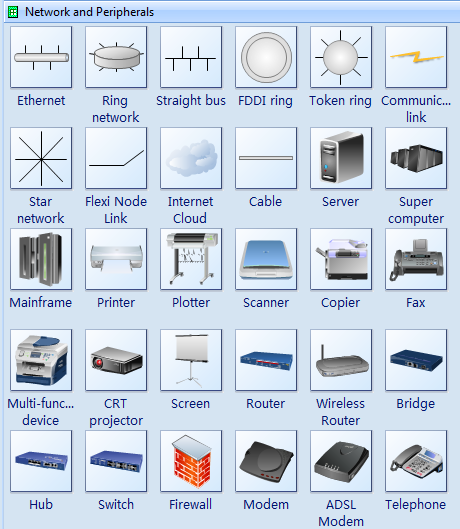Virtual Private Network is a private network that is constructed within a public network infrastructure such as the global internet. Using VPN, a telecommuter can access the network of the company headquarters through the Internet bu building a secure tunnel.
There are 7 OSI Model:

- Application - deal with applications
- Presentation - responsible for presenting the data. Example: code formatting, encryption, and compression.
- Session - establishes, manages, and terminates sessions between two(2) communicating hosts.
- Simplex
- Half Duplex
- Full Duplex
5. Network - sometimes referred to as the "Cisco Layer"
6. Data Link - performs physical addressing.
7. Physical - media through with the data, represented as electronics signals.
OSI model will be used throughout your entire networking career.
Types of Transmission:
1. Unicast
2. Multicast
3. Broadcast

Broadcast Domain
- a group of devices receiving broadcast frames initiating from any device within the group.
Collision
- effects of two nodes sending transmissions simultaneously in Ethernet.
There are 3 Physical Layer:
- Media type
- Connector type
- Signalling type


